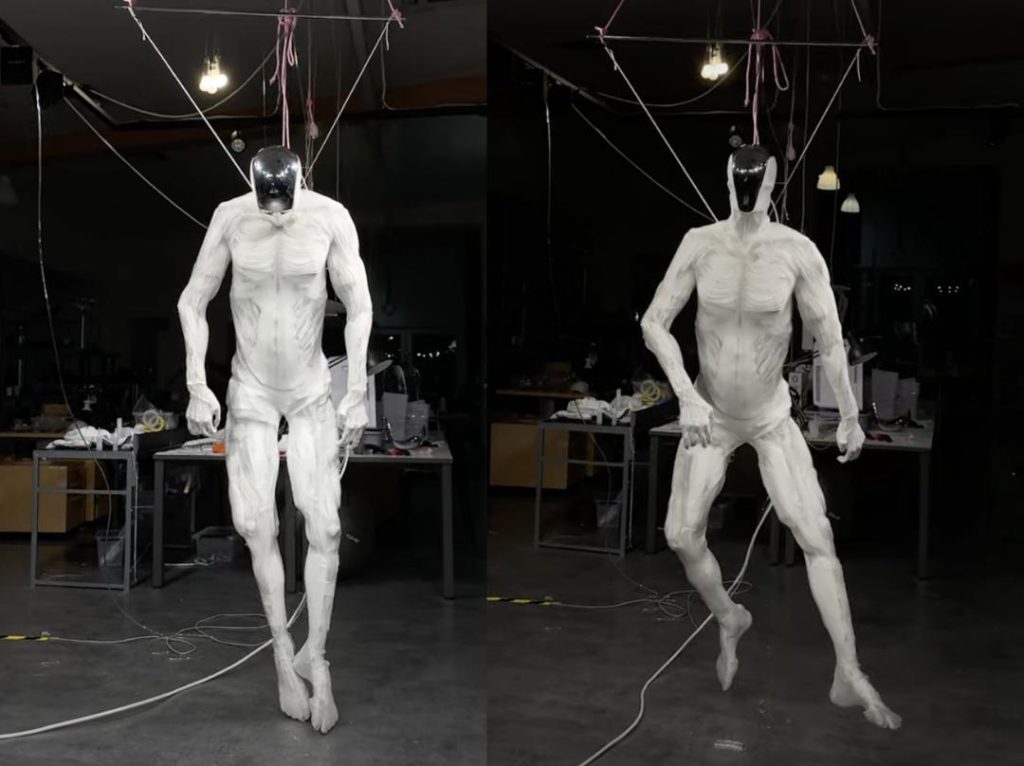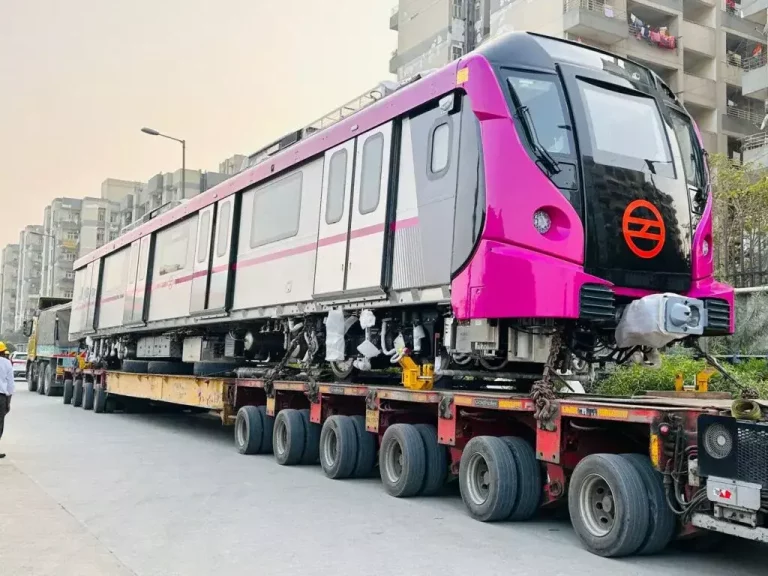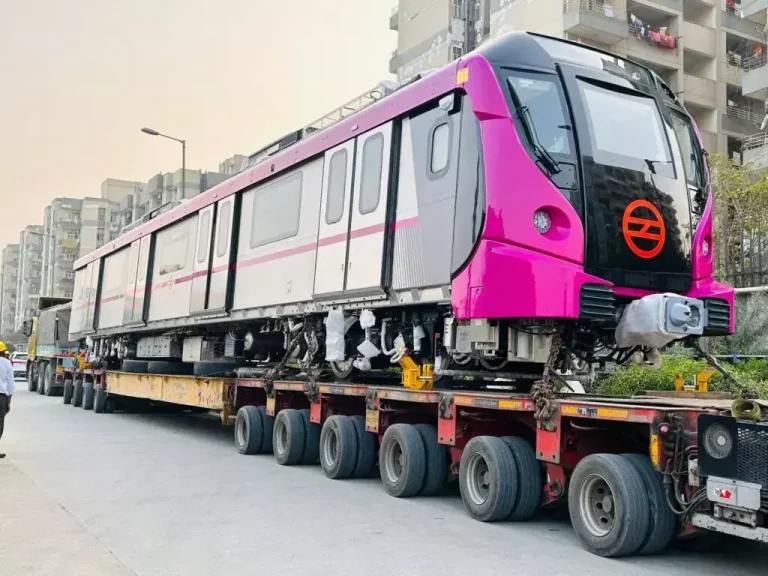
Human-like Robot with Synthetic Muscles, Translucent Skin Unveiled
In a breakthrough that has left many wondering if the robot apocalypse is upon us, a Poland and US-based startup named Clone Robotics has unveiled ‘Protoclone’, a human-like robot with synthetic muscles, bones, and joints under translucent skin. The unveiling of this futuristic robot has sent shockwaves across the globe, leaving many to ponder the implications of such advanced technology.
According to Clone Robotics, Protoclone is the world’s first bipedal, musculoskeletal android, featuring a faceless, anatomically accurate synthetic human with over 200 degrees of freedom, over 1,000 Myofibers, and 500 sensors. Myofibers are artificial muscles that mimic the movement of human muscles, allowing the robot to move with unprecedented flexibility and precision.
A video showcasing Protoclone’s capabilities has been released, which shows the robot moving its arms and legs with eerie human-like fluidity. The video has sparked widespread debate about the potential consequences of such advanced technology, with some fearing a robot uprising and others marveling at the potential benefits of such innovation.
So, what makes Protoclone so unique? For starters, its synthetic muscles and bones are designed to mimic the movement and flexibility of the human body. This allows the robot to move with a level of precision and dexterity that is unmatched by other robots currently on the market. Additionally, the robot’s translucent skin allows for the display of internal mechanisms, giving it a uniquely futuristic and unsettling appearance.
But beyond its impressive capabilities, Protoclone raises a number of important questions about the future of robotics and artificial intelligence. As robots become increasingly advanced and human-like, the line between humans and machines begins to blur. This raises important ethical questions about the creation and deployment of such technology.
For example, what are the implications of creating a robot that is capable of mimicking human behavior so closely? Could Protoclone be used for malicious purposes, such as espionage or even violence? Or could it be used to improve people’s lives, such as by providing assistance to the elderly or disabled?
The possibilities are endless, and the development of robots like Protoclone is sure to spark a new wave of debate and discussion about the ethics of artificial intelligence.
But beyond the ethical implications, Protoclone also raises questions about the potential benefits and drawbacks of such technology. On the one hand, robots like Protoclone could revolutionize industries such as healthcare and manufacturing, allowing for greater precision and efficiency. On the other hand, the creation of such advanced robots could also lead to job displacement and economic disruption.
As the world continues to grapple with the implications of Protoclone, one thing is clear: the future of robotics and artificial intelligence is uncertain, and the possibilities are endless.






